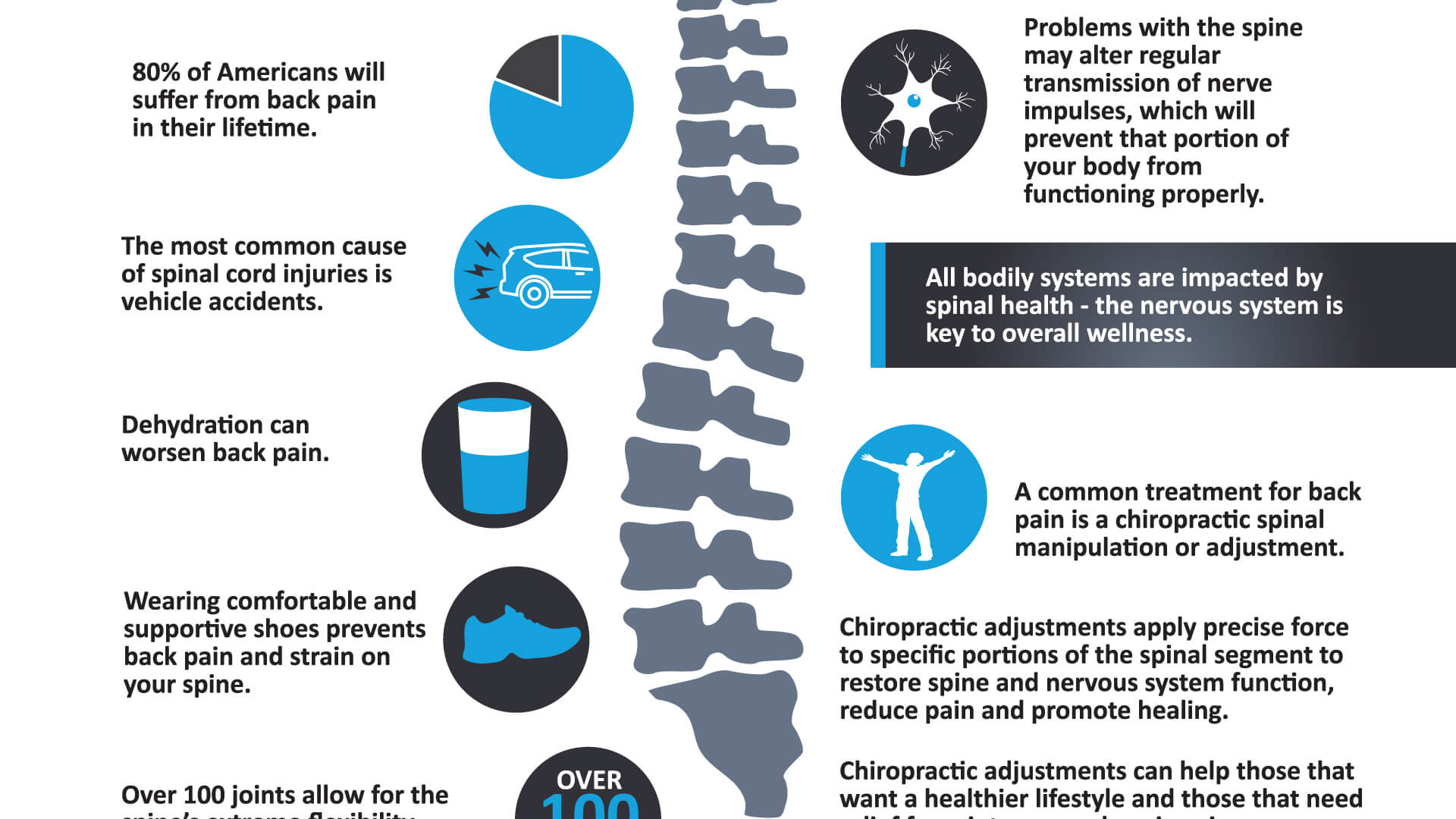The Scientific Research Behind Cold Laser Treatment: Just How It Works And Why It Works
The Scientific Research Behind Cold Laser Treatment: Just How It Works And Why It Works
Blog Article
Material Produce By-Kristensen Curran
When taking into consideration the scientific research behind cold laser therapy, you might be captivated by exactly how a non-invasive treatment can generate such promising outcomes for numerous problems. The device behind its effectiveness depends on its ability to target cells and boost physiological actions that promote healing and pain alleviation. Understanding the intricate cellular effects and medical results of cold laser therapy can shed light on its expanding popularity among healthcare experts and clients alike.
System of Activity
Exploring the device of action behind cold laser therapy discloses how this therapy method engages with the body to promote healing. When the cold laser is related to the skin, it penetrates the layers and is taken in by light-sensitive particles within the cell. This absorption triggers a series of biological actions that lead to increased mobile power manufacturing. Therefore, the cells have a lot more energy to fix and regenerate, speeding up the recovery procedure.
The laser light likewise helps to lower inflammation by decreasing swelling and enhancing blood circulation in the targeted location. By stimulating the release of endorphins, which are the body's all-natural pain relievers, cold laser therapy can successfully ease discomfort and pain. Furthermore, it improves cells oxygenation and nutrient shipment, vital for optimum recovery.
Along with these benefits, cold laser therapy has been found to stimulate the production of collagen, a protein important for tissue repair and regrowth. This increase in collagen manufacturing can boost the overall stamina and adaptability of the tissues, further supporting the recovery process.
Mobile Effects
The cellular impacts of cold laser treatment show up via increased energy manufacturing and improved cellular fixing devices. When the cold laser light permeates the skin and gets to the targeted cells, it promotes the mitochondria, the giant of the cell, to generate even more adenosine triphosphate (ATP).
This increase in ATP supplies cells with the power they require to execute numerous features, such as fixing damage and minimizing swelling.
Additionally, cold laser therapy activates a cascade of biochemical responses within the cells that promote healing and regeneration. By boosting simply click the following site fixing mechanisms, the treatment speeds up cells recuperation and decreases healing time from injuries or certain problems.
This process likewise helps to increase blood circulation to the cured location, bringing in more oxygen and nutrients crucial for cellular repair work.
Clinical Efficacy
Cold laser therapy has shown its medical efficiency in various clinical applications, showcasing its effectiveness in promoting healing and minimizing recovery times. This non-invasive treatment has been located advantageous in increasing cells repair service, lowering inflammation, and alleviating discomfort. Study has actually shown that cold laser therapy can enhance the recovery procedure by advertising the manufacturing of adenosine triphosphate (ATP) in cells, which is essential for cellular feature and regeneration.
In https://www.healthline.com/health/eye-health/what-types-of-glaucoma-surgery-are-there , cold laser therapy has actually proven to be effective in treating conditions such as tendonitis, arthritis, repetitive strain injury, and sports injuries. People undertaking cold laser treatment have actually reported significant discomfort decrease, improved series of activity, and faster healing contrasted to typical treatments.
The targeted application of low-level laser light passes through deep into tissues, stimulating organic procedures at a cellular level without triggering any discomfort or negative effects.
Final thought
To conclude, cold laser treatment functions by boosting mobile energy manufacturing to promote recovery and decrease discomfort.
By targeting the root cause of inflammation and injury at a mobile degree, this non-invasive therapy has revealed to be effective in enhancing circulation, speeding up cells repair, and supplying alleviation for a variety of conditions.
Its capability to boost all-natural healing mechanisms makes cold laser treatment a useful option for people seeking a safe and reliable way to manage their discomfort and recover their injuries.
